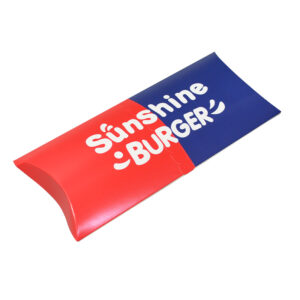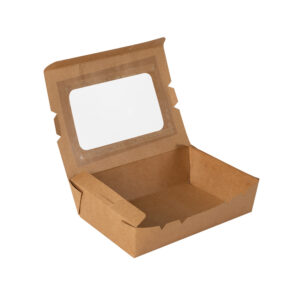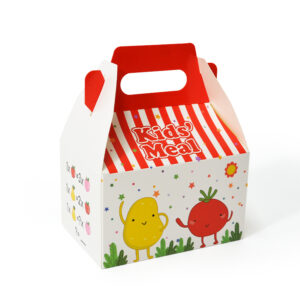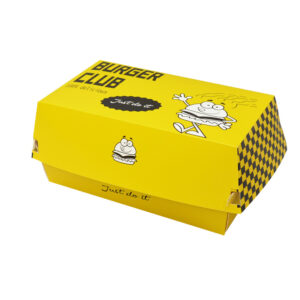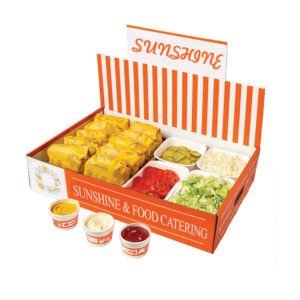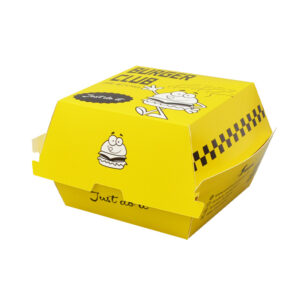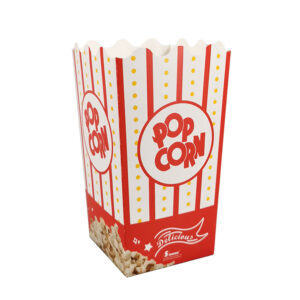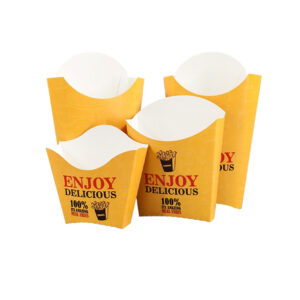Introduction to Recyclable Food Packaging
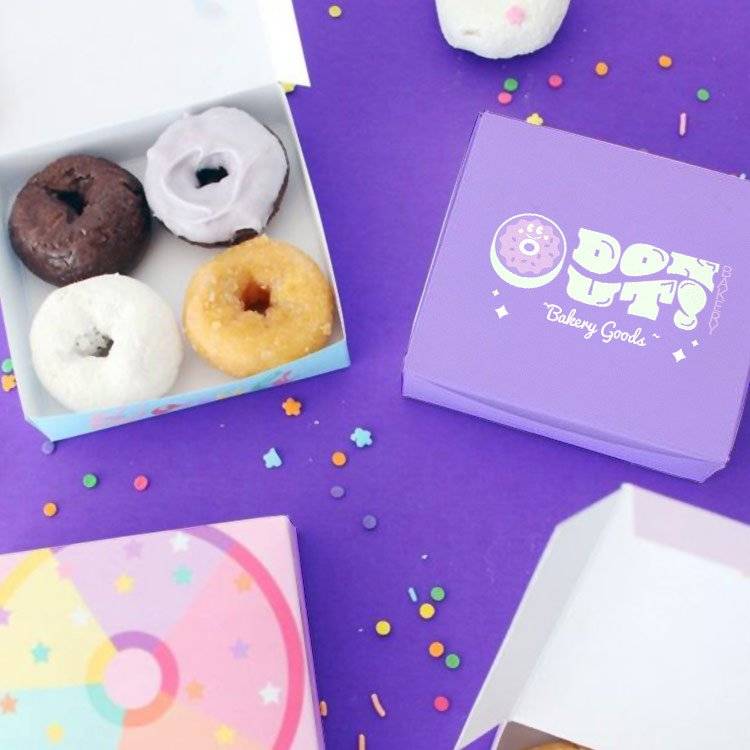
When it comes to protecting our planet, every small step counts. And one area where we can make a big difference is in the world of food packaging. With the growing concern for environmental sustainability, recyclable food packaging has emerged as a game-changer in reducing waste and minimizing our carbon footprint.
In this blog post, we will delve into the background of recyclable food packaging – its importance, different types, benefits, challenges, consumer behavior towards it and future trends. So grab your eco-friendly snack and let’s dive deep into the fascinating world of recyclable food packaging!
The Importance of Recycling in Food Packaging
Recycling plays a crucial role in the sustainability and environmental impact of food packaging. It is essential for reducing waste, conserving resources, and minimizing pollution. By recycling food packaging materials such as cardboard, paper, plastic, glass, and metal containers, we can significantly reduce the amount of waste that ends up in landfills.
Recycling food packaging helps to conserve valuable resources like water and energy. For example, when we recycle paper-based packaging materials like boxes or cartons, it reduces the need for cutting down trees to make new paper products. Additionally, recycling plastic containers saves energy because manufacturing new plastics from raw materials requires more energy compared to producing them from recycled materials.
Furthermore, proper recycling practices help to minimize pollution associated with food packaging waste. When food packages are disposed of improperly or end up in oceans and waterways instead of being recycled or properly disposed of in landfills, they contribute to pollution that harms marine life and ecosystems.
By understanding the importance of recycling in food packaging and making conscious choices about what we purchase and how we dispose of our food packages afterward, we can all contribute towards a more sustainable future.
Different Types of Recyclable Food Packaging
When it comes to recyclable food packaging, there are various options available in the market today. One popular type is paper-based packaging. Made from renewable resources and easily biodegradable, paper-based packaging is a sustainable choice for many consumers.
Another common option is glass packaging. Glass containers can be recycled endlessly without losing their quality or strength. They are also non-reactive, meaning that they won’t leach harmful chemicals into the food they contain.
Plastic packaging has long been a staple in the food industry due to its durability and versatility. However, not all plastic materials are created equal when it comes to recyclability. Some plastics, such as PET (polyethylene terephthalate) and HDPE (high-density polyethylene), are widely accepted by recycling facilities.
Metal cans are another type of recyclable food packaging that has been around for decades. Aluminum cans, in particular, have one of the highest recycling rates among all materials.
In recent years, innovative alternatives have emerged on the market as well. For example, compostable food packaging made from plant-based materials offers an eco-friendly solution for those looking to reduce waste even further.
Each type of recyclable food packaging has its own unique benefits and considerations when it comes to recycling processes and consumer preferences. By understanding these different options available, individuals can make informed choices about which types of packaging align with their sustainability goals.
Benefits of Using Recyclable Food Packaging
Recyclable food packaging offers numerous benefits that go beyond just environmental sustainability. By opting for recyclable packaging, businesses can enhance their brand image and attract eco-conscious consumers who prioritize sustainable practices. Here are some key advantages of using recyclable food packaging:
Environmental Impact: Perhaps the most obvious benefit is the reduced impact on the environment. Recyclable packaging helps conserve natural resources by reducing waste sent to landfills and minimizing energy consumption during production.
Brand Reputation: Choosing recyclable food packaging demonstrates a company’s commitment to sustainability, which can positively influence consumer perception and build trust in the brand. It sends a message that your business cares about both quality products and protecting the planet.
Cost Savings: While initial investment in recyclable materials may be slightly higher, long-term cost savings can be achieved through decreased waste disposal fees and potential tax incentives or rewards programs offered by local governments or recycling organizations.
Regulatory Compliance: Many regions have implemented regulations regarding single-use plastics, making it essential for businesses to adopt more sustainable alternatives like recyclable food packaging to comply with these policies.
Marketing Opportunity: Utilizing recyclable packaging provides an opportunity for creative marketing strategies focused on sustainability efforts, such as highlighting eco-friendly messaging on product labels or incorporating recycling symbols into branding materials.
Embracing recyclable food packaging not only benefits our planet but also allows businesses to gain a competitive edge by aligning with consumer values and contributing towards a greener future.
Challenges and Solutions in Implementing Recyclable Food Packaging
While recyclable food packaging offers numerous benefits, there are also several challenges that need to be addressed for successful implementation. One of the main challenges is consumer awareness and education. Many consumers are still unaware of the importance of recycling or may not understand which types of packaging can be recycled.
Another challenge is the infrastructure required for effective recycling. Not all areas have access to proper recycling facilities or collection systems, making it difficult for consumers to dispose of their recyclable food packaging properly. This lack of infrastructure can lead to increased contamination and lower overall recycling rates.
Additionally, there are technological limitations in terms of developing recyclable materials that meet all the necessary requirements for food packaging such as durability, safety, and shelf life. Finding alternative materials that can effectively replace traditional non-recyclable options without compromising on functionality can be a daunting task.
However, despite these challenges, there are solutions being developed and implemented. Increasing consumer education through awareness campaigns and labeling initiatives can help improve recycling rates by empowering individuals to make informed choices about their packaging waste.
Investments in improving recycling infrastructure at both local and national levels will also play a crucial role in facilitating effective disposal methods for recyclable food packaging.
Furthermore, research into innovative materials such as biodegradable plastics or compostable alternatives holds promise for creating more sustainable options while maintaining product integrity.
Implementing recyclable food packaging faces various obstacles including consumer awareness, limited infrastructure, and technological limitations. However, with concerted efforts from stakeholders across the industry – from manufacturers to governments – these challenges can be overcome through improved education programs, investments in infrastructure development,and continuous innovation in material science.
Consumer Behavior Towards Recyclable Food Packaging

When it comes to consumer behavior towards recyclable food packaging, there are several factors at play. More and more consumers are becoming aware of the environmental impact of non-recyclable packaging materials. They are actively seeking out sustainable options and showing a willingness to pay a premium for products that come in recyclable packaging.
Additionally, consumers today place high value on transparency and ethical practices. They want to know where their food comes from and how it is packaged. Brands that prioritize recyclability often gain favor with these environmentally-conscious consumers.
Furthermore, convenience plays a significant role in consumer behavior. If recycling options are readily available and accessible, consumers are more likely to choose products with recyclable packaging. On the other hand, if recycling facilities or collection points are scarce or inconveniently located, some consumers may opt for non-recyclable alternatives.
Social influences also influence consumer behavior towards recyclable food packaging. As sustainability becomes increasingly popular among social circles and online communities, individuals feel motivated to align their values with their purchasing decisions.
Consumer behavior towards recyclable food packaging is shifting as people become more conscious of the environmental impact of waste generated by non-recyclables. Brands that understand this shift can leverage it by offering attractive eco-friendly options that meet consumer demands for both sustainability and convenience.
Future Outlook and Trends in Recyclable Food Packaging
As the world becomes more aware of the environmental impact of plastic waste, the demand for recyclable food packaging is expected to grow significantly in the coming years. With increasing consumer preferences for sustainable products, businesses are embracing innovative solutions to meet these demands.
One of the key trends in recyclable food packaging is the use of biodegradable materials. This includes compostable plastics made from renewable resources like cornstarch or sugarcane. These materials break down naturally without leaving harmful residues behind, reducing their impact on ecosystems.
Another trend gaining traction is reusable packaging. Instead of single-use containers, companies are exploring options that can be returned, cleaned, and reused multiple times. This not only reduces waste but also saves costs associated with manufacturing new packaging materials.
Furthermore, advancements in technology are driving improvements in recycling processes. New techniques enable better sorting and separation of different types of materials, making it easier to recycle complex packaging structures such as multilayered films or pouches.
In addition to material innovations and improved recycling methods, collaborations between stakeholders across the supply chain will play a crucial role in shaping future trends. Governments can incentivize businesses to adopt sustainable practices through policy measures while consumers can drive change by choosing products packaged with recyclable materials.
There is a promising future for recyclable food packaging as industries continue to prioritize sustainability and adapt to evolving consumer expectations.
Conclusion
Recyclable food packaging plays a crucial role in promoting sustainability and reducing environmental impact. It is evident that the importance of recycling in food packaging cannot be underestimated. By opting for recyclable packaging materials, we can significantly reduce waste generation and conserve resources.
We have explored the different types of recyclable food packaging, including biodegradable materials, compostable materials, and materials made from recycled content. Each type has its own benefits and considerations when it comes to recycling.
The benefits of using recyclable food packaging are numerous. Not only does it help protect our planet by reducing landfill waste and conserving resources, but it also showcases your brand’s commitment to sustainability to consumers who are increasingly conscious about their purchasing decisions.
However, implementing recyclable food packaging does come with its challenges. These include issues such as cost-effectiveness, sorting infrastructure limitations, and consumer awareness and behavior change. Overcoming these challenges requires collaboration between businesses, government entities, consumers, and recycling facilities.
Consumer behavior towards recyclable food packaging is a crucial factor in driving positive change. Educating consumers about the importance of recycling and providing clear instructions on how to properly dispose of these packages can make a significant difference in increasing recycling rates.
Looking ahead into the future trends of recyclable food packaging shows promising opportunities for innovation. As technology advances further research is being conducted on new sustainable materials that offer even better eco-friendly alternatives while maintaining functionality and safety standards.
